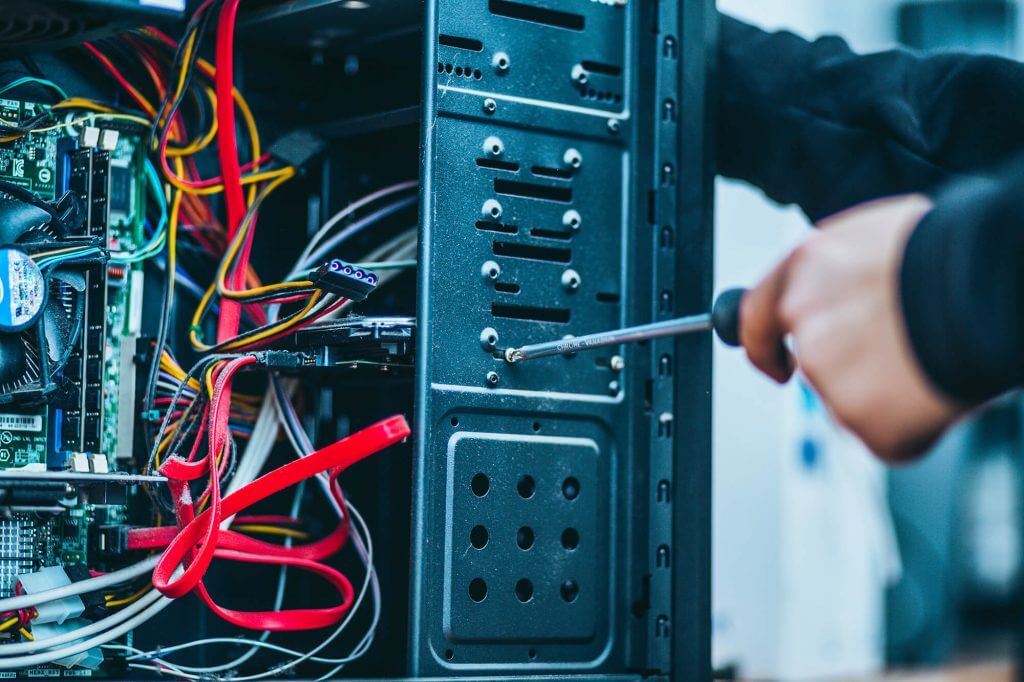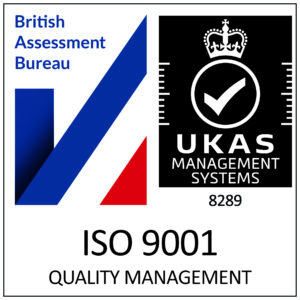There are IT breakdowns which grind your day to a halt, and then there are IT problems; these tend to niggle away at you daily and you promise yourself to mention it to your IT support provider the next time you speak to them – yet repeatedly forget!
We understand that sometimes, you simply can’t spare the time to have your PC commandeered by an engineer to fix something that isn’t necessarily impeding your work – just really irritating you on a daily basis! So, we’ve compiled the 10 most common IT problems and tips on how you can try to resolve them yourself at a time convenient to you.
Common IT Problems and Their Solutions
#1 “It’s running slow”
Firstly, make sure it is your PC running slow and not your Broadband; websites and online content taking forever to load may not be due to your computer’s performance at all.
When you are sure it is your PC’s performance that’s the problem, your first step should be to check the free capacity of your hard drive. Go to Devices & Drives and pay attention to your C: Drive – if it’s overstuffed and in the red, it’s time to have a clear out.
#2 “Downloads take forever”
If you think you’re having connectivity problems, pay speedtest.net a visit. You can get confirmation of your download and upload speeds at the click of a button and contact your provider with specific numbers if they’re not meeting expectations – it’s reasonable to expect at least 50% of your internet service provider’s advertised speeds, and a ping rate under 100ms.
If the speeds look solid, you should check you don’t have any downloading programmes running in the background: Check your taskbar and your system tray for any programmes that shouldn’t be there as standard.
#3 “My PC keeps restarting”
OK, so this can impede your work significantly if you don’t save your work regularly but there are still some simple steps you can take to try and resolve this problem yourself on the spot:
Firstly, you should make sure you’re not just receiving the latest Window update – these can trigger your PC to automatically restart. Go to Update & Security via Settings and open Windows Update to see your update status and determine if that’s, in fact, the cause of the automatic restart.
Your second check should be hardware maintenance (if your PC is being particularly noisy, you might want to make this your first check). Modern computers are safeguarded against overheating and will automatically shut down. Give your machine a thorough clean and make sure all vents are exposed to allow air to circulate the system.
#4 “Pop-ups on my desktop”
If you’re getting annoying ads away from the internet, it’s likely you’ve inadvertently installed adware on your machine. Although harmless adware exists, most adware is up to no good and can be tricky to get rid of.
The only step we recommend you take is to run your installed antivirus software to do a full scan. If this doesn’t find and remove the adware you should avoid downloading alternative anti-malware tools without speaking to your IT support provider first – not all are trustworthy.
#5 “There’s something wrong with Google”
A particularly nasty breed of malware is browser hijackers. These programmes are designed to take over your web browser and redirect your Google searches, taking you to fakes sites designed to steal your personal information.
If something doesn’t look quite right with Google, trust your instincts; uninstall your browser and run your antivirus software to check for any nasties left behind. Once you’re happy everything is clean, you can reinstall your browser and Google, as you know it, should return.
#6 “I keep losing WiFi connection”
With so many elements that could be to blame, this one can be a puzzler – is it your PC? Your provider? Your router?
If you’re confident your PC is within range of your router (i.e. neither have been moved recently and WiFi disconnection is a new problem), you should run Windows Network Diagnostics: Right-click the WiFi icon on your taskbar and select Troubleshoot Problems. This alone may solve the problem for you but at the very least, it will point you in the right direction.
#7 “There’s a problem with this website security certificate”… apparently!
Sounds a scary one, right? But most of the time there is a very simple fix. Website security certificates sync with your computer’s clock – some PCs, especially older ones, can often be found to have dead CMOS batteries (the battery responsible for your systems clock).
If this is the case, the fix is simple – go to the clock in your system tray and select Change Date & Time to find and correct the issue.
#8 “My printer’s not working”
Arguably the most common of common IT problems and perhaps the most frustrating.
Assuming you’ve done a thorough check of the printer itself; switched it off, unplugged it, checked ink levels; go to your printer’s print queue via the printer icon in your system tray. From here, you need to make sure your printer is not set to Use Printer Offline – Windows can sometimes default your printer to this without you realising if you send a document to be printed whilst the printer is powered down.
#9 “My email attachments won’t open”
More often than not, this is purely down to the file type and having the compatible programme on your PC to read it.
If you’re unsure of the file type and the programme needed to read it, do a quick online search based on the file extension (the three letters that appear after the file name e.g. pdf.)
If there is no extension after the file name, you’ve found your problem – re-save the file and add the correct extension initials yourself and the document should become accessible.
#10 The Cover-All Solution
It may be a standing joke when it comes to IT but for anything like the common IT problems we’ve mentioned above, always try restarting your computer; it’s a long-standing maxim that is simple and can often work.
However, before you head for the restart button, also check your operating system is up to date. Go to your Control Panel, select System & Security, and check for any Windows updates. Neglecting updates can significantly impair your PC’s performance, depriving you of important bug fixes.
More Than IT Support – It’s IT Consultancy
With a Jupiter IT support contract, many of these common IT problems become a thing of the past thanks to our tech training and proactive monitoring.
We’ll never dump new tech on you without showing you and your team the ropes, so you’ll always be confident you’re using your systems to their full capability.
We monitor your systems 24/7 which means many day-to-day issues are resolved before they escalate and, quite often, without you even knowing they were ever there.
If you’d like to learn more about our unique IT support contracts, give us a call; we’ll give you a free audit of your systems and a rundown on how we can make your IT better.








